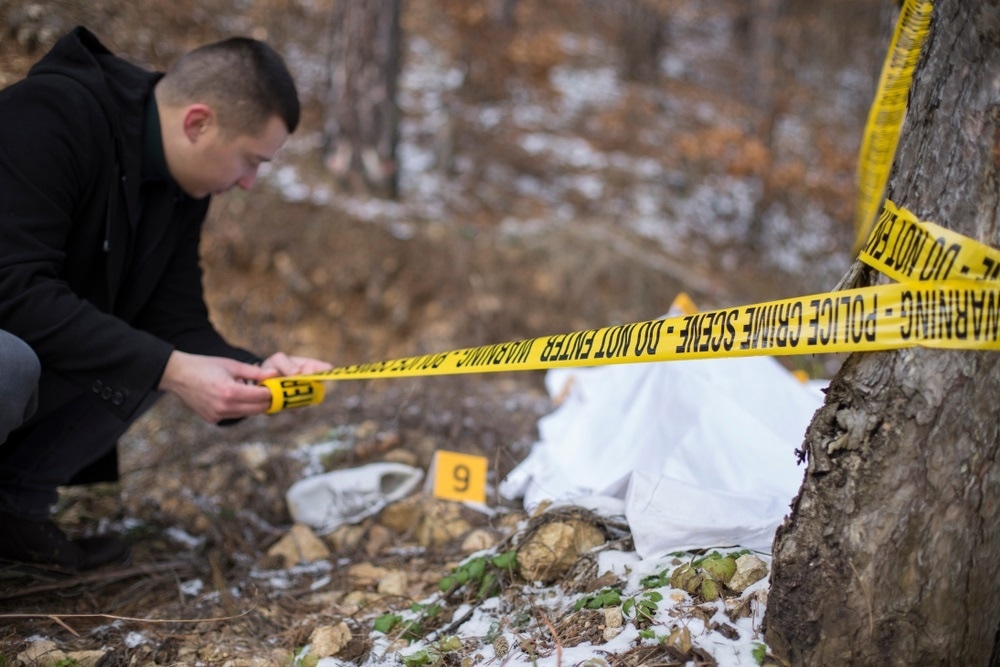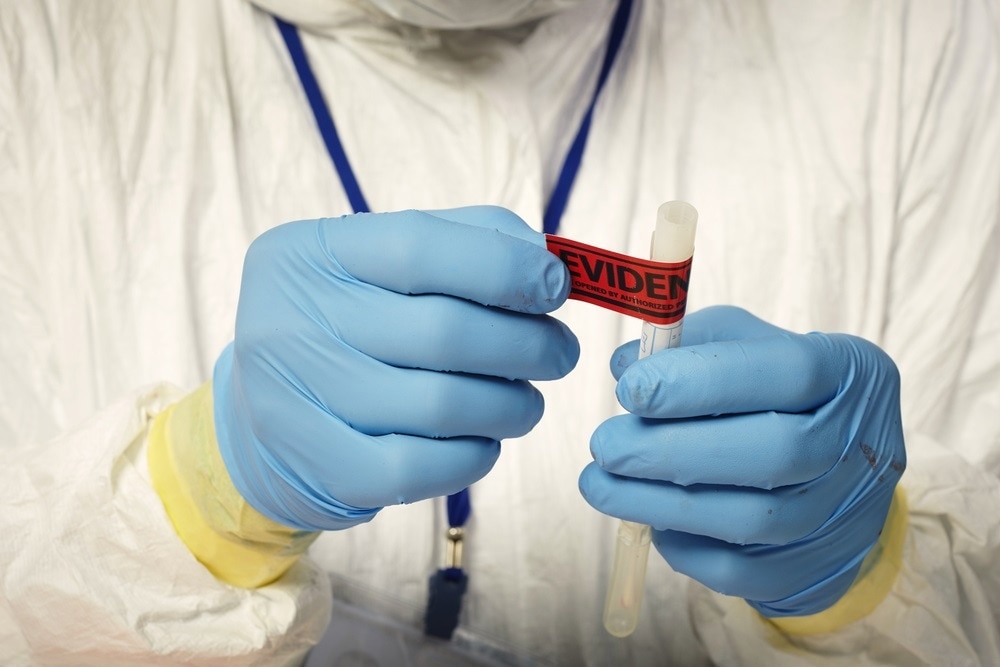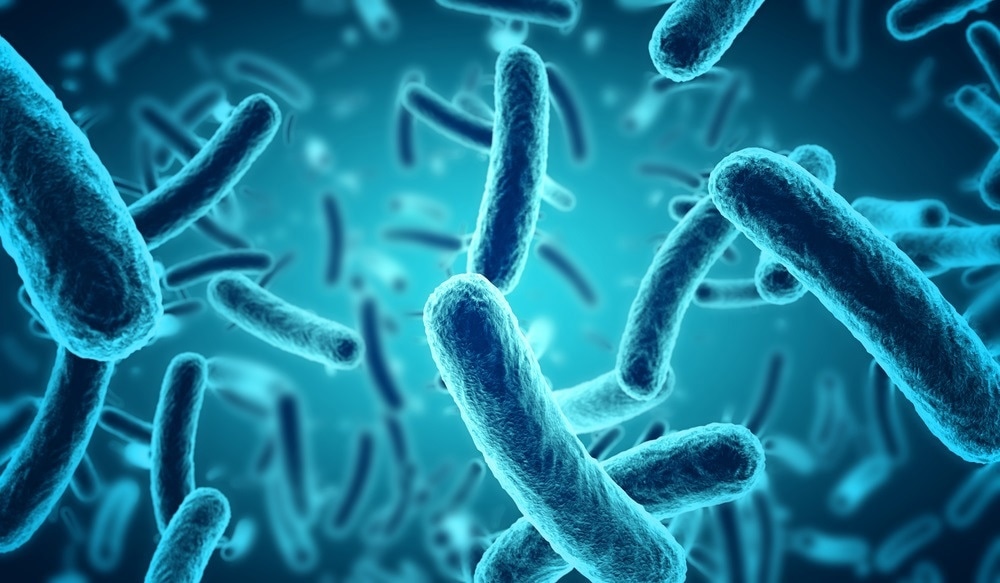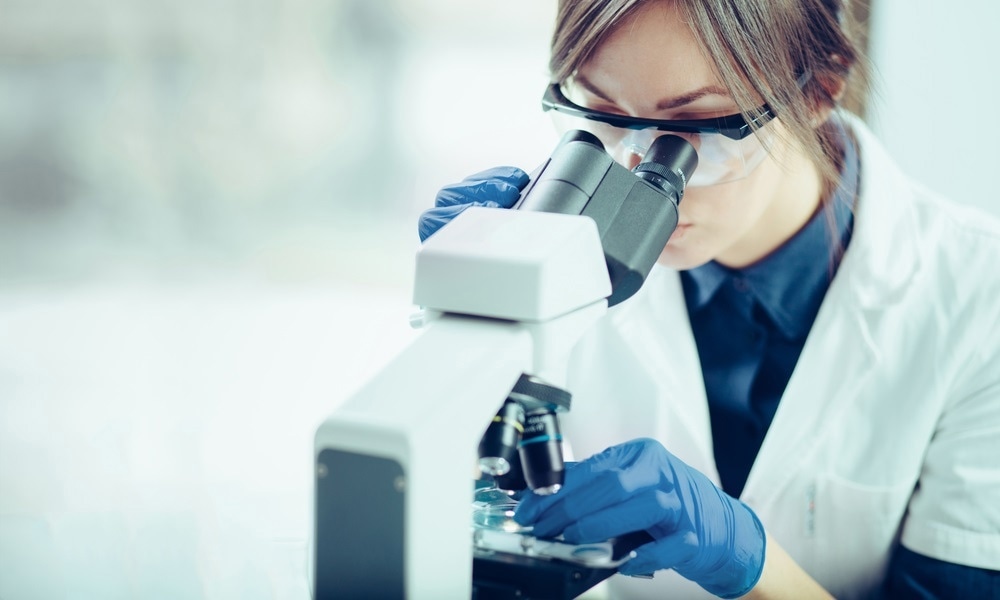Sponsored Content by PittconJan 29 2020
In the search and recovery of human remains during mass disasters, homicides, and missing persons investigations, the odor evolved from decomposing bodies is crucial in the search process. One contributor to the odor evolved from remains are microorganisms, which contribute a portion of the chemicals released into the air. New technology is being used to profile the odor from postmortem microbes to improve techniques that rely on the detection of decomposition odor.
In this interview, Katelynn Perrault, from Chaminade University of Honolulu talks to News-Medical and Life Sciences about her research into using Multidimensional Gas Chromatography to achieve odor profiling of postmortem microbes.
How do novel separation methods help us to solve critical challenges in bioanalytical applications?
We use separation science across numerous life sciences fields to perform chemical analysis (e.g. biomedical diagnostics, environmental monitoring, food regulation, forensic science). The main advantage of using a separation technique is that we have the ability to take complex samples and figure out (1) which chemicals are present, and (2) how much of each chemical is present. Those two things allow us to provide a chemical profile of the sample. This may not sound too difficult, but when dealing with incredibly complex samples, these two jobs become significantly more challenging.
Consider a small room with only a few people inside. It is probably quite easy to know the number of people present and the identity of each person. Now think about a large crowd of people at a concert. That job becomes much more difficult. In analytical chemistry, we have to resolve each compound from one another if we want to know the number of compounds present and their respective amounts.
Novel multidimensional separations such as comprehensive two-dimensional gas chromatography (GC×GC) or comprehensive two-dimensional liquid chromatography (LC×LC) allow us to be more successful when analyzing samples with high complexity because we can develop a more accurate chemical profile.

Image Credit:Shutterstock/Alex_Traksel
Accurately determining postmortem interval (PMI) is important in forensic investigations. Can you explain why?
In many cases, the estimation of postmortem interval (PMI) is required in order to understand the series of events in a forensic case. Knowing accurate information about when someone died helps to confirm or refute suspect alibis, and establish the order of events leading to an individual’s death. The family of a victim also has a right to know how, when, and where their loved one died to assist in the grieving process.
While we have some methods for estimating postmortem interval when someone has recently died, this becomes more challenging with longer postmortem intervals. Many research studies have been conducted to improve our understanding of how a body decomposes in order to improve our understanding of which chemicals could potentially be used to estimate postmortem interval accurately.
One potential category of chemicals that have been proposed in the past is the use of volatile organic compounds (VOCs), which contribute to the odor evolved from decomposing remains. By understanding microorganism contribution to the VOC profile, we can potentially improve our ability to predict trends in VOCs and use those as indicators to estimate postmortem interval.

Collecting odor traces at crime scene investigation Image Credit: Shutterstock/DarkoCacic
In forensic sciences, how can postmortem microbial succession be used to determine PMI?
There is a predictable pattern of microbes on a body at different time intervals following death. This pattern is referred to as the microbial succession. A large body of work in forensic microbiology demonstrates the potential to use these patterns to estimate postmortem interval.
Therefore, to understand the VOCs evolved by a cadaver, linking it with the VOCs originating from microbes on a body would be very beneficial. The challenge lies in the fact that there are numerous microbial species competing and interacting on a decomposing body.
We are investigating isolated bacterial species we know are associated with decomposing remains to improve our understanding of the individual contribution of VOCs from each species. The idea is that over time, we will build a database of VOCs that are evolved from postmortem microbial species, and we can eventually use that data to interpret the evolution of decomposition odor.
2D Gas Chromatography in Forensic Science
What does the study of decomposition odor contribute to death investigations?
The purpose of understanding volatile emissions from microbes is to improve understanding about decomposition odor. Decomposition odor is important because it is necessary for several applications in a death investigation.
In cases of homicides, missing persons, or mass disasters, scent detection canines are often brought to search for and locate human remains. They do so based on their ability to orient towards the source of decomposition odor. If we can improve our understanding of this odor, we can provide a scientific foundation for the success of the canines, as well as provide other recommendations about effective training aids that will mimic the target odor.
There is also a lot of interest in developing portable sensors that could be used in a complementary manner to the canines or in scenarios where canines are not available. It is essential to understand the profile of decomposition odor through separation science to figure out which targets a sensor device would need to target. Each study we perform helps us to build an improved understanding of decomposition odor so we can provide information for these applications.

Image Credit:Shutterstock/Couperfield
Why did you choose to use a comprehensive two-dimensional gas chromatography-mass spectrometry (GC×GC-MS) technique in particular? What were the benefits to this research?
Volatile organic compound profiles collected from decomposing remains or from microbial metabolism tend to be very complex. We have to be able to separate hundreds of compounds from one other, determine each of their identities, and in some cases, quantify the compounds. The compounds we target exist across almost all known compound classes. In addition, they are present in a broad concentration range, with some present in trace levels and others present in very high abundance.
All of these challenges mean that the use of a multidimensional technique such as GC×GC-MS gives us the best chance of being able to provide an accurate and reliable chemical profile. One-dimensional analyses such as gas chromatography-mass spectrometry (GC-MS) often lack the resolution and range required for the samples we analyze.
When applying this method, however, did you uncover additional information about the profile of postmortem microbes than you would have using conventional methods?
The multidimensional chromatographic technique we use, GC×GC-MS, allows us to separate more peaks and be more successful in providing an accurate profile. This also means, however, that we end up with a significantly larger number of compounds.
This is, in part, because compounds contributed by background and/or chemical interference are separated from the compounds of interest. In this study, we were able to increase the number of compounds we were targeting from approximately 30 (using conventional methods) to approximately 70 (using multidimensional methods). This is a lot more information than we had about our samples previously, and we are using that to inform the next stages of the work.

Using GCxGCx-MS aprovided additional information about postmortem microbes Image Credit:Shutterstock/Pailista
What benefit did Fisher Ratio (FR) filtering provide in this study?
When we work with multidimensional separations, we are fortunate to get more information about our samples. Unfortunately, however, it also means we have more information to sift through. The challenge becomes determining which compounds are the ones that are important for differentiating your sample from other types of samples. We have to figure out which of the compounds are the most important.
The Fisher Ratio filtering step allows us to probe our data and determine which compounds are significant rather than being contributed by background or chemical interferences. We get the luxury to limit our data set only to the compounds that are the most important, rather than having to “take what we can see” with conventional methods. Often, this means we end up with a shorter list of compounds in our profile, but it won’t be the same list of compounds we would have had if we used a conventional technique with lower resolution.
How are you going to further define FR filters in order to provide guidelines for future research?
We are working with chemical standards and creating simulated challenges that might impede the efficacy of the Fisher Ratio filtering step. This essentially means we are creating mock samples with the problems we encounter in real samples so we can see if we are falsely reporting compounds as being significant when in fact they are not.
When we use simulated mixtures, we can control the concentration of compounds, so we know if the compound should be labeled as significant. This will inform how the Fisher Ratio filter should be used with multidimensional VOC data in scenarios where those challenges are present, meaning that it will eventually help us to be more accurate in the chemical profiles we report.
Why would being able to improve data reduction strategies improve the adoption of comprehensive two-dimensional gas chromatography (GC×GC) in the biological sciences?
The biggest benefit of working with multidimensional chromatography is that you are able to get more data about your sample. It is also one of the greatest challenges. When we increase the amount of data we have about a sample, the challenge becomes how we handle that data.
Data reduction is not performed to make the dataset smaller. The purpose is to limit the dataset to the variables that are important and remove the data that is not. The ability to focus on the most meaningful components of a sample means that we can use the most important information in answering questions of biological importance.
Where could further research into this field take us?
We are currently working on individual microbial cultures on standard nutrient agar. This is far from the scenario in which postmortem microbes exist in communities on decomposing remains. As the work evolves, we hope to gradually introduce higher levels of complexity, such as combinations of species and different nutrient sources.
This will build our knowledge gradually and help us to relate data back to data we have on decomposing remains. We have to start simple and build layers of knowledge. Microbial contributions are the biggest missing link to what we currently know about decomposition odor, and it will require many controlled studies before we can fully understand these complex interactions.

Image Credit:Shutterstock/Likoper
What do you hope to gain from Pittcon 2020 with your research and presentation?
I hope to communicate the importance of incorporating fundamental analytical research with rigorous application-based research. The work we do with GC×GC is exciting, but ultimately I want to use my knowledge of the technique to help people to adopt the technique so they can accomplish their own analysis goals.
I would love to contribute to this technique being adopted in new areas and to provide data on how it can be beneficial for different end-users. I also hope to learn more! At conferences, I am always eager to interact with people who approach similar problems to my work but use different techniques, statistical approaches, or interpretation strategies. I am always looking for new ideas that we can apply to our work.
About Katelynn Perrault - Chaminade University of Honolulu

Dr. Katelynn Perrault is an Assistant Professor of Forensic Sciences & Chemistry at Chaminade University of Honolulu. She specializes in the development of GC×GC methodology for the comprehensive characterization of odors.
Dr. Perrault is the Principal Investigator of the Laboratory of Forensic and Bioanalytical Chemistry, which is supported through several federal grants, foundation grants, and industry support. Dr. Perrault specializes in the analysis of decomposition odor for forensic search and recovery, and mentors numerous undergraduate researchers as part of her integrated teaching and research program.
Her current interests include odor production from post-mortem microbes, development of GC×GC data processing workflows for dual-channel detection, promoting the adoption of GC×GC in the forensic sciences, and producing GC×GC curriculum to be taught in undergraduate chemistry classes.
This material is based upon work supported by the National Science Foundation under Grant Number 1752607. Any opinions, findings, and conclusions or recommendations expressed in this material are those of the author(s) and do not necessarily reflect the views of the National Science Foundation.
About Pittcon
 Pittcon® is a registered trademark of The Pittsburgh Conference on Analytical Chemistry and Applied Spectroscopy, a Pennsylvania non-profit organization. Co-sponsored by the Spectroscopy Society of Pittsburgh and the Society for Analytical Chemists of Pittsburgh, Pittcon is the premier annual conference and exposition on laboratory science.
Pittcon® is a registered trademark of The Pittsburgh Conference on Analytical Chemistry and Applied Spectroscopy, a Pennsylvania non-profit organization. Co-sponsored by the Spectroscopy Society of Pittsburgh and the Society for Analytical Chemists of Pittsburgh, Pittcon is the premier annual conference and exposition on laboratory science.
Proceeds from Pittcon fund science education and outreach at all levels, kindergarten through adult. Pittcon donates more than a million dollars a year to provide financial and administrative support for various science outreach activities including science equipment grants, research grants, scholarships and internships for students, awards to teachers and professors, and grants to public science centers, libraries and museums.
Visit pittcon.org for more information.